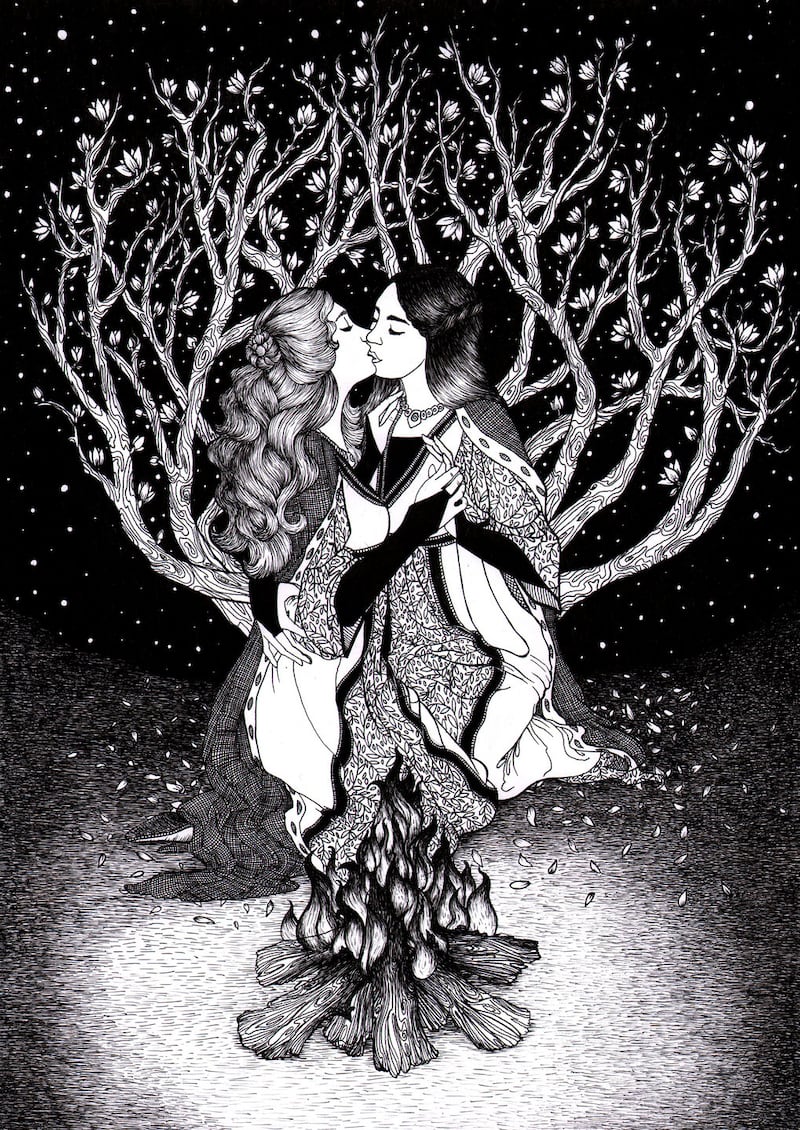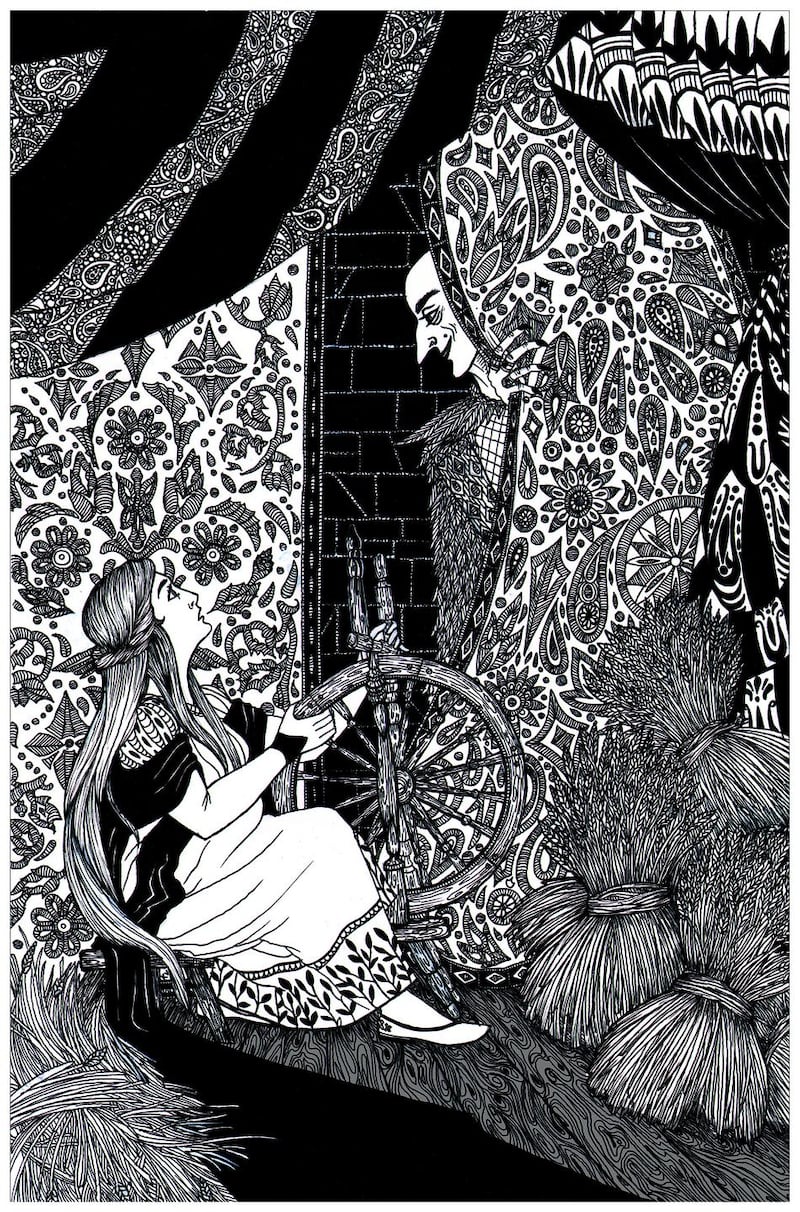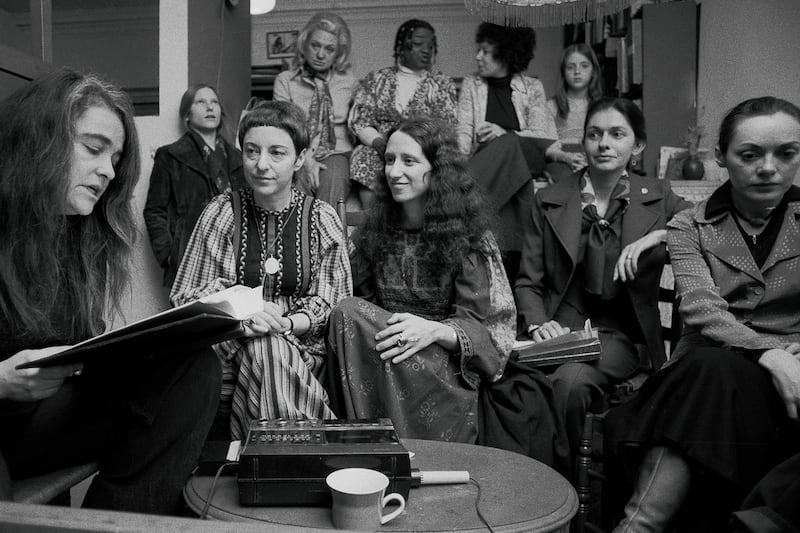Fairy-tales are interesting things. Stories too large for one era or culture. Messages we shape and shape again. That draw us in and try to teach us lessons. Be wary of the stranger in the woods. Be kind to older ladies you encounter. The way you look can be a blessing or a curse, depending.
I’ve always loved fairy-tales. The ones that break my heart, like The Little Mermaid and The Emperor and the Nightingale, are the ones that lodge inside it. But there’s a comfort in all old tales. In the Disney versions, with their songs and companion animals. In things you’ve heard and you will hear again, because you need to be reminded.
My childhood is a series of bright memories laced together with mist. I don’t remember every single day. There are memories I have that I am pretty sure are just stories I’ve been told over and over again until I rewrote them as visual images. Me as a toddler, interrupting Mass to yell at the priest.That kind of thing. Childhood is a murky sort of forest. Your path is not carved out, you’re not sure where you’ll go. What adventures will present themselves, what sort of threats. You learn to guess at things, when to be suspicious, when to trust. The rules of being good, and when they’ll serve you.

I loved fairy-tales throughout my childhood, and had a well-thumbed copy of The Oxford Book of Modern Fairy-Tales by Alison Lurie, which was my first introduction to retellings and subversion. Though, that’s kind of what Perrault was doing too in his Tales of Mother Goose. Taking a story and shaping it according to the society he lived in. Priorities shifting with the years. I was in college when a dear friend, to whom I’ve dedicated this collection, introduced me to Jack Zipes’ collection Don’t Bet on the Prince. By way of that, I found Angela Carter and started reading academic criticism of fairy-tales for fun. I was hooked. There was a depth to them I had recognised emotionally but not intellectually. There was so much to learn and more to learn after that. I read book after book in a big glut of interest.
Sometimes a subject takes you like that, sucks you in and sweeps you up. I think Tangleweed and Brine was born that summer. I retold The Little Mermaid in Earthed, a play I wrote in college, and fairy-tales kept popping up in places in my writing. I’m not alone in this. They sneak in everywhere, maybe because they are the stories that teach us story. And writers do love stories, after all.


My first book, Prim Improper, was commissioned because of a story, The Woodcutter’s Bride, that’s part of this collection. Siobhán, my then creative writing teacher and now publisher, liked the way I wrote and thought that I could write for children. Having started and abandoned several YA novels, I tried very hard not to prove her wrong. So Tangleweed and Brine is my fifth book, but the seed of my first book is in it too. It’s a special project to me. I’ve put a lot of myself into it. A lot of how I see the world around me, the things I love and fear. With fairy-tales, you kind of have to do that. They are elemental and demanding things.
Tangleweed and Brine is not the first book of fairy-tale retellings. There are so many beautiful, dark ones by writers I admire an awful lot. Tanith Lee, Emma Donoghue, Angela Carter, Robin McKinley, Zoe Marriott, Margo Lanagan, Shannon Hale and so many others have all reworked and shaped these stories beautifully. Reading and loving their work with all of my dark little heart gave me permission to try this for myself, to dive in to the stories of my childhood and see what I could find inside my brain to make them mine.
Deirdre Sullivan is the author of Tangleweed and Brine, a collection of 13 dark feminist retellings of traditional fairytales in her new book illustrated by Karen Vaughan and published by Little Island











